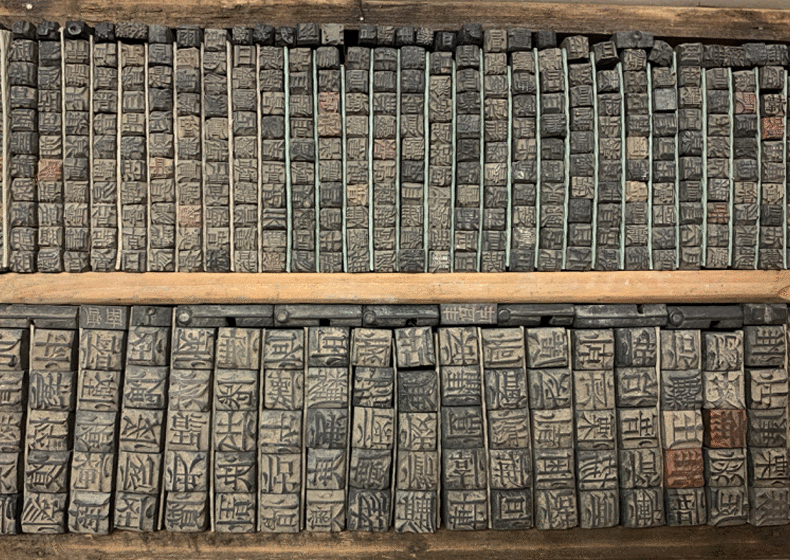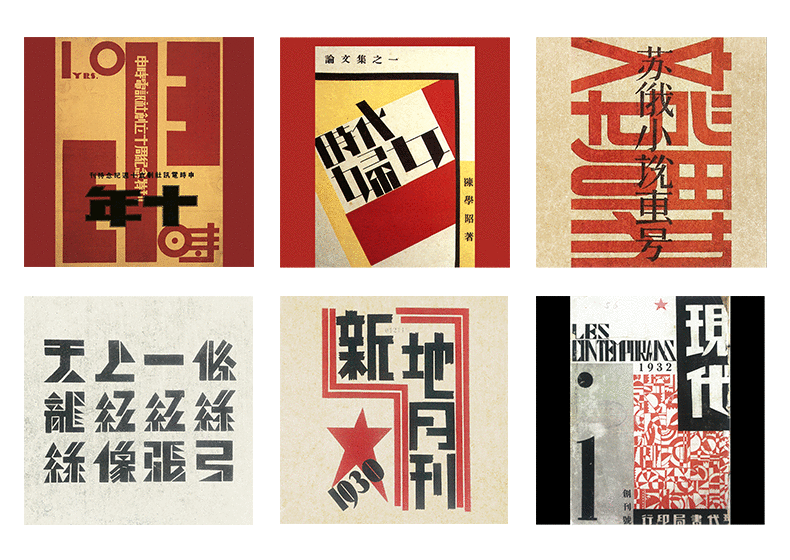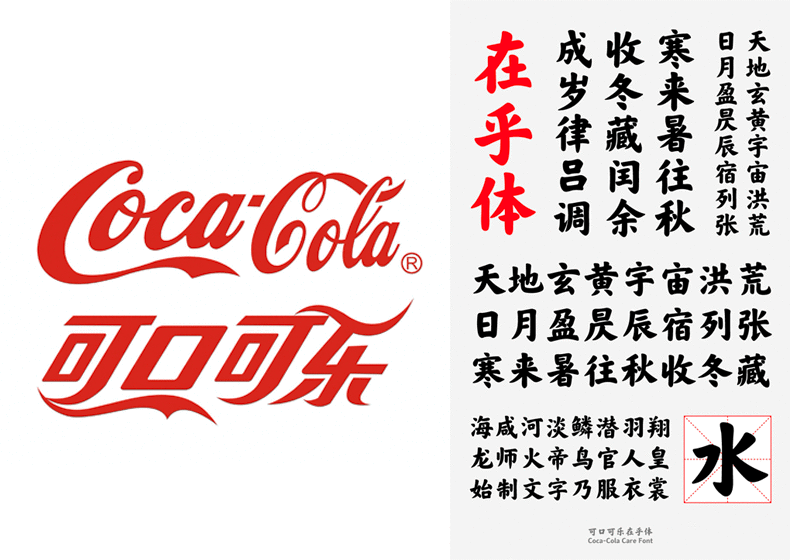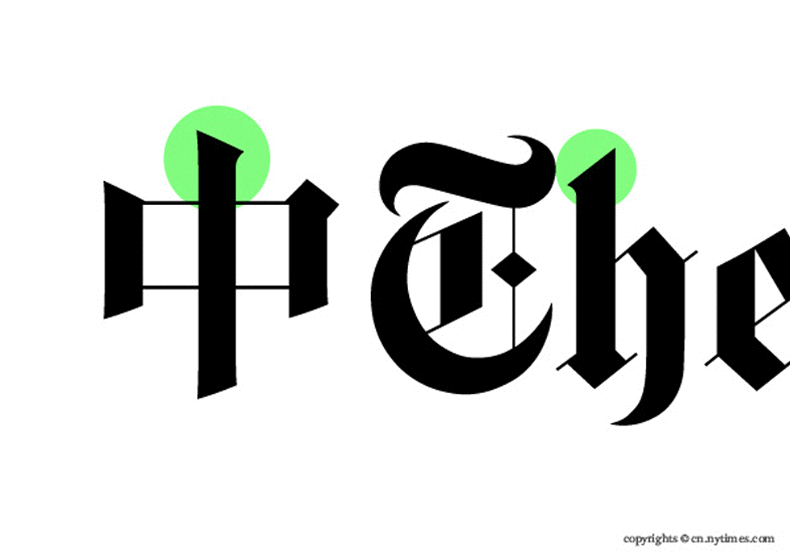Over the past few months, JWDK has been researching Chinese typography and posting our discoveries to our Instagram page (@JWDKpartners) in the hope of inspiring fellow designers and type-nerds. Read below for a round-up of our findings.

Despite being one of the oldest languages on record, Chinese language typefaces have received little development compared to Latin languages. The complexity and sheer number of Chinese characters have presented an insurmountable problem that few designers have been willing to overcome — unsurprising when you consider that designing a font in two cases for the 26-letter English alphabet can take several years. Who would want to tackle the 4,500 characters in common use in the Chinese language, let alone the full set of more than 100,000?

Yet our research revealed posters, signage, packaging and more with bold, avant-garde Chinese typefaces that push the boundaries of traditional Chinese typographic structure. What spurred these daring variations in character design? Enter, globalisation! Having been open to the world for over 60 years, China in the 1930s was inundated by foreign businessman selling foreign products. During this heyday of international influence, the Art Deco movement represented luxury and sleek modernity, inspiring innovative geometric Chinese fonts. Then came the influence of Russian Constructivism, inspiring non-decorative and industrial character design in signature red and black ink.
Fast forward to today and it appears we are reliving trends of the past. With a new generation of cash-rich young Chinese to satisfy, foreign brands have been scrambling to enter the market. Unable to find Chinese language typefaces to match their existing visual identity, they have been commissioning their own.


But a world where Chinese typography is driven by foreign influence could mean risking the loss of Chinese identity in its own language. No one wants to see the two-thousand-year history of Chinese calligraphy disappear and replaced with carbon-copy Chinese fonts of Latin fonts.
So what lies ahead for Chinese typography, you might ask? No one can know for sure. But China’s rising trend of ‘national pride’ and ‘cultural self-confidence’ has been a hot topic in recent months — no longer in need of inspiration from the West, China is choosing to celebrate its unique cultural history. And given China’s efficiency and speed, we’re betting it won’t be long before the list of Chinese fonts surpasses Latin fonts significantly…
Works Referenced
Synoptic Office for Typeroom (2020), “10 things to know about Chinese typography” [Online]. Available from: https://www.typeroom.eu/synoptic-office-10-things-to-know-about-chinese-typography (Accessed on: 12 January 2021)
Minick, S. & Ping, J. (2010) “Chinese Graphic Design in the Twentieth Century” London: Thames & Hudson
Chen, E. (2020), “Modern Chinese Typography” [Online]. Available from: https://medium.com/@elc93/modern-chinese-typography-16c8d8fea5d3 (Accessed on: 12 January 2021)
Images from: Julius Hui, “Chinese Graphic Design in the Twentieth Century,” The Coca-Cola Company & Erin Chen
TAGGED: